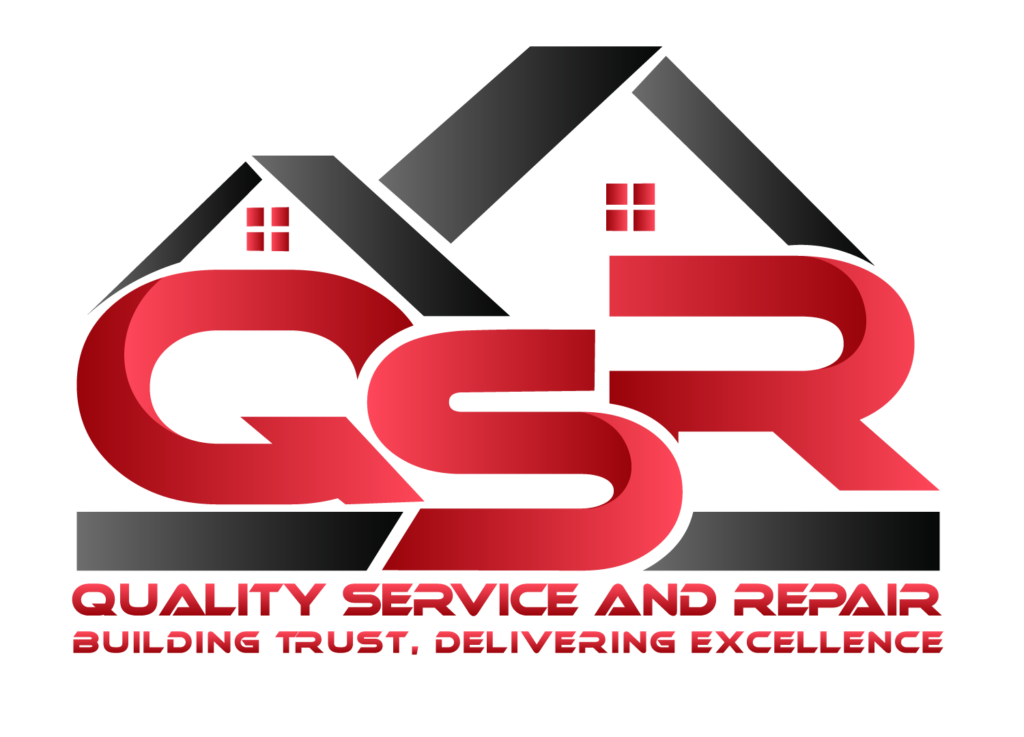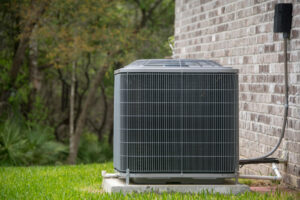Water damage is an unwelcome visitor that can wreak havoc on our homes and lives. Whether it’s a burst pipe, a roof leak, or a natural disaster like a flood, water intrusion poses a serious threat. Fortunately, modern technology has emerged as an unseen hero in the battle against water damage. In this blog post, we’ll explore the pivotal role of technology in modern water mitigation and how it’s changing the game for homeowners and professionals alike.
The Evolution of Water Mitigation
Water mitigation is the process of preventing or reducing the damage caused by water after it has intruded into a structure. Traditionally, this involved manual labor, such as mopping up water, removing damaged materials, and relying on intuition to identify hidden moisture. While these methods were effective to some extent, they often fell short in terms of speed, accuracy, and efficiency.
The advent of technology has revolutionized the way we approach water mitigation. From early detection to rapid response and precise monitoring, here are the key ways technology is transforming the field:
- Early Detection with Moisture Sensors –One of the fundamental challenges in water mitigation is identifying the source of moisture and its extent. Moisture sensors, equipped with advanced algorithms, can detect even minor changes in moisture levels. These sensors are strategically placed in vulnerable areas, such as basements or near appliances, and can send alerts to homeowners or professionals as soon as an issue is detected. This early warning system enables swift action, preventing extensive damage.
- Advanced Drying Equipment– Drying out a water-damaged area is a critical step in mitigation. Traditional methods like air drying or dehumidifiers can be slow and ineffective, especially in hard-to-reach areas. However, modern technology has brought us high-powered drying equipment that can quickly and thoroughly remove moisture. Industrial-grade fans, dehumidifiers, and air movers work in tandem to promote efficient drying, preventing mold growth and structural damage.
- Infrared Cameras for Thorough Inspection- Identifying hidden moisture is a formidable challenge. Enter infrared cameras, which are capable of detecting temperature variations in building materials. Areas with trapped moisture often have a different thermal signature. Professionals can use these cameras to pinpoint exactly where moisture is lurking, ensuring that no hidden pockets of water go unnoticed.
- Smart Home Integration- In an increasingly connected world, smart home technology has found its way into water mitigation. Homeowners can now monitor their properties remotely using mobile apps and connected devices. Smart sensors placed near water sources can trigger automatic shutoff valves in the event of a leak, potentially preventing catastrophic damage.
- Data Analytics and Predictive Algorithms- Technology doesn’t stop at the physical equipment; it extends to data analysis as well. Advanced algorithms can process vast amounts of data, including weather forecasts, historical patterns, and real-time sensor data, to predict potential water damage events. This predictive capability allows for proactive measures like reinforcing vulnerable areas or moving valuables out of harm’s way.
The Human-Tech Partnership
While technology has become a powerful ally in water mitigation, it’s crucial to emphasize that it doesn’t replace human expertise. Instead, it enhances the capabilities of professionals and empowers homeowners to take preventive actions. The human-tech partnership is where the real magic happens.
Here’s how this collaboration works:
- Faster Response Times- When a moisture sensor detects a leak or elevated humidity levels, it sends an immediate alert. This quick notification allows homeowners or professionals to respond promptly, minimizing damage and reducing repair costs.
- Enhanced Precision- Infrared cameras and moisture-detecting equipment provide professionals with highly accurate information. This precision ensures that mitigation efforts are targeted where they’re needed most, optimizing resource allocation.
- Better Decision-Making- Data analytics and predictive algorithms provide valuable insights. Professionals can make informed decisions about when and where to allocate resources for preventive measures, such as reinforcing vulnerable areas or installing flood barriers.
- Peace of Mind for Homeowners- For homeowners, technology offers peace of mind. Remote monitoring, smart sensors, and automatic shutoff valves provide an added layer of security, reducing the stress and anxiety associated with potential water damage.
Looking Ahead
The role of technology in water mitigation continues to evolve. As innovation marches forward, we can anticipate even more sophisticated tools and systems that further enhance our ability to combat water damage effectively.
In conclusion, technology has emerged as an unseen hero in modern water mitigation. From early detection to precision drying and predictive analytics, it has transformed the way we protect our homes. By embracing these technological advancements and partnering with professionals, homeowners can fortify their defenses against the invisible threat of water damage.
In the end, it’s not just about fighting water intrusion; it’s about safeguarding our homes, our investments, and our peace of mind with the help of these unseen heroes of technology.






